Market Trends
Key Emerging Trends in the Luxury Apparel Market
Market share positioning strategies are crucial for businesses operating in the luxury apparel market, where prestige, exclusivity, and brand perception play significant roles in consumer decision-making. These strategies are employed to establish a unique position within the market, enabling companies to capture a significant portion of market share. In the realm of luxury apparel, several effective positioning strategies are commonly utilized to gain a competitive edge and attract discerning customers.
Differentiation stands out as a primary positioning strategy in the luxury apparel market. This approach involves offering unique designs, craftsmanship, and materials that set a brand apart from competitors. For instance, luxury apparel brands may invest in couture techniques, intricate detailing, or rare fabrics to create garments that exude opulence and sophistication. By emphasizing these distinctive features, companies can position their apparel as symbols of status and exclusivity, appealing to consumers who seek the highest quality and craftsmanship in their clothing.
Targeting specific market segments is another key positioning strategy in the luxury apparel market. Rather than catering to mass-market appeal, companies may focus their efforts on niche segments with discerning tastes and preferences. For example, a luxury brand might specialize in tailored suits for executives, haute couture gowns for red-carpet events, or sustainable fashion for environmentally conscious consumers. By understanding the unique needs and desires of different consumer segments, companies can tailor their product offerings and marketing strategies to effectively appeal to those specific demographics.
Pricing strategy plays a crucial role in market share positioning within the luxury apparel market. Luxury brands often position their products at premium price points to reflect their exclusivity, craftsmanship, and brand heritage. These higher prices not only enhance the perceived value of the apparel but also contribute to the aura of prestige and luxury surrounding the brand. By maintaining premium pricing, luxury apparel companies can attract affluent consumers who are willing to invest in high-quality, timeless pieces that convey status and sophistication.
Branding and marketing efforts are essential components of market share positioning in the luxury apparel market. Luxury brands invest heavily in building strong brand identities that convey elegance, heritage, and luxury lifestyle. Effective branding strategies help companies establish emotional connections with consumers and differentiate themselves from competitors. For instance, luxury apparel brands may use aspirational imagery, storytelling, and experiential marketing to create an aura of exclusivity and desirability around their products.
Distribution channels and partnerships are critical aspects of market share positioning in the luxury apparel market. Luxury brands carefully curate their distribution channels to maintain a sense of exclusivity and control over their brand image. They may opt for selective distribution through flagship boutiques, high-end department stores, or exclusive online platforms to ensure that their products are only available in prestigious environments that align with their brand positioning. Additionally, strategic partnerships with luxury hotels, resorts, or cultural institutions can create opportunities for brand collaborations and premium experiences, further enhancing the desirability of the brand.

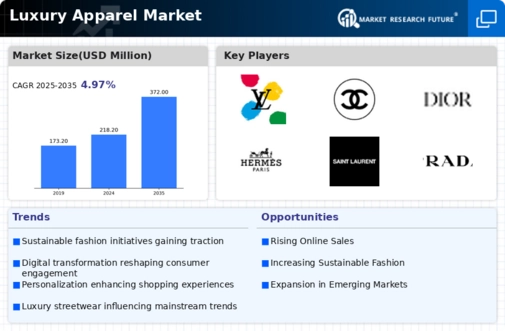
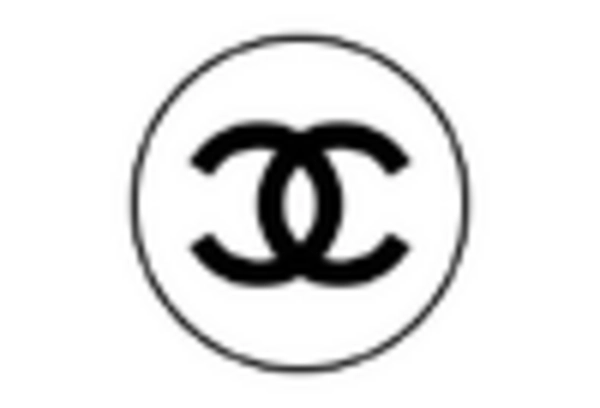
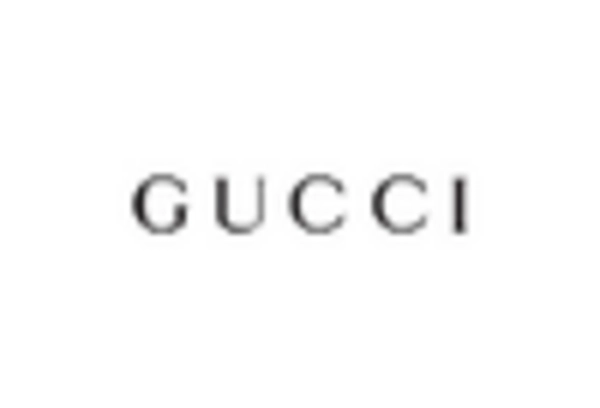
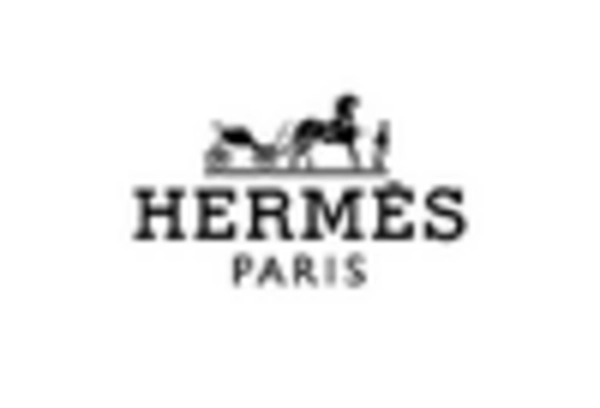

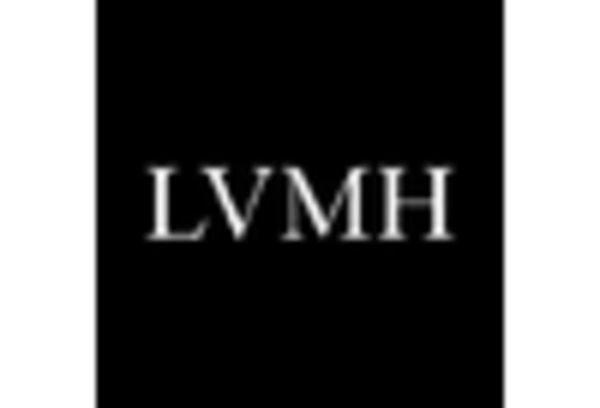
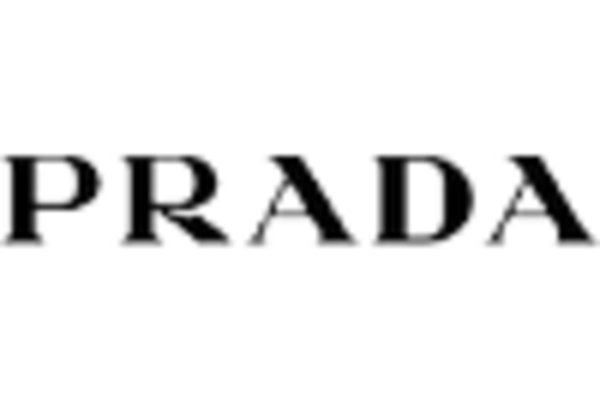









Leave a Comment